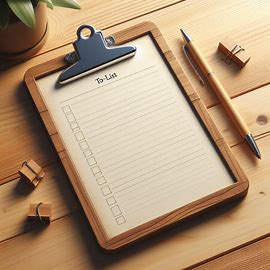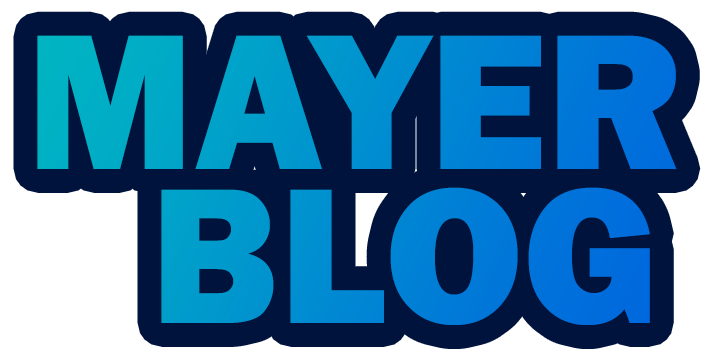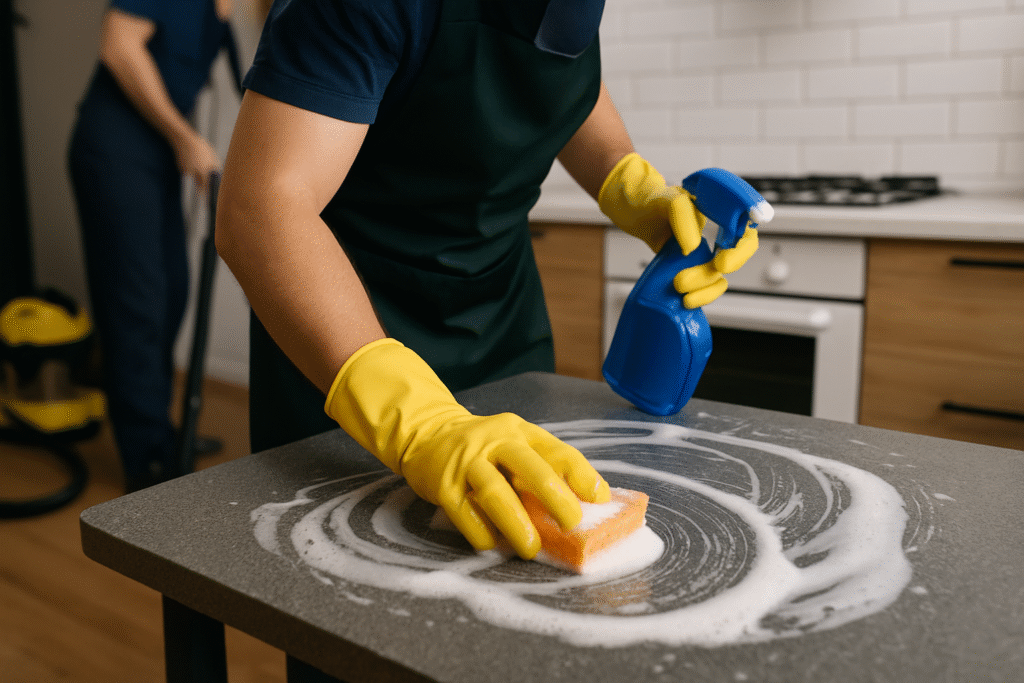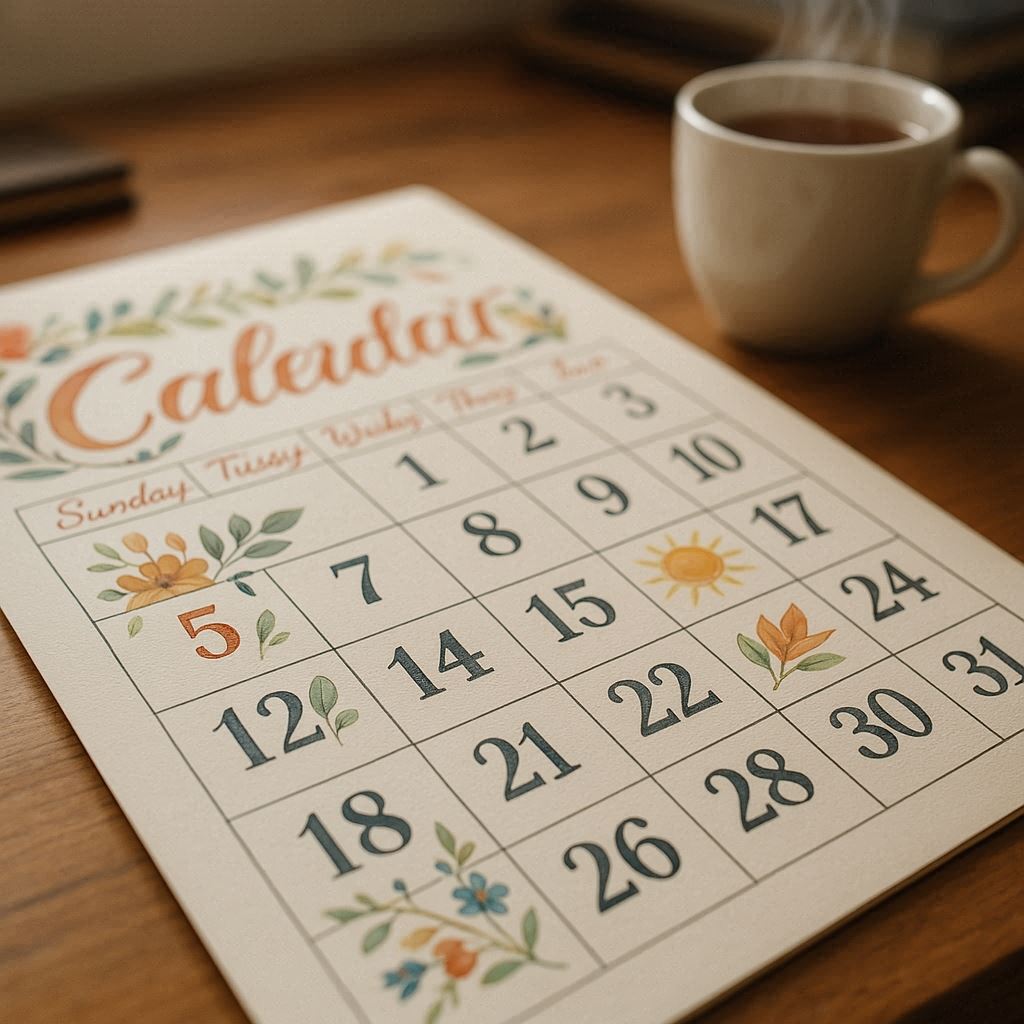Owning rental property comes with a set of responsibilities, one of the most significant being property maintenance. Regular upkeep not only preserves the value of your investment but also ensures tenant satisfaction and compliance with legal obligations. This article provides a comprehensive checklist for landlords, covering essential maintenance tasks and strategies to help keep your property in optimal condition.

1. Regular Inspections
Conducting routine inspections is vital for identifying potential issues before they escalate. Establish a schedule for inspections—ideally every six months or at the beginning of each new tenancy. During these inspections, pay close attention to the following areas:
- Interior Condition: Check for signs of wear and tear, such as peeling paint, damaged flooring, or water stains. Look for signs of damp or mould, which could indicate underlying issues.
- Safety Features: Test smoke alarms and carbon monoxide detectors to ensure they are functioning correctly. Ensure that fire extinguishers are easily accessible and within their expiry dates.
- Exterior Condition: Inspect the outside of the property for any signs of damage to the roof, gutters, and siding. Look for overgrown vegetation that could obstruct pathways or cause damage to the property.
2. Maintenance of Appliances
If your rental property includes appliances, regular maintenance is essential for their longevity and proper functioning. Here are some tips for appliance upkeep:
- Cleaning: Encourage tenants to clean appliances regularly, especially the oven, refrigerator, and washing machine. Provide clear instructions on proper cleaning methods.
- Service Checks: Schedule professional servicing for major appliances at least once a year. This could include checking the heating system, air conditioning, and boiler.
- Repairs: Address repair requests promptly to prevent further damage and maintain tenant satisfaction.
3. Plumbing Maintenance
Plumbing issues can lead to significant damage if not addressed promptly. As a landlord, you should regularly check for:
- Leaking Taps and Pipes: Inspect all taps, toilets, and pipes for leaks or signs of corrosion. A small drip can lead to significant water waste and increased bills.
- Drainage: Ensure that drains are clear of debris and not showing signs of blockages. Educate tenants on what can and cannot be disposed of in sinks and toilets.
- Water Pressure: Test water pressure in different areas of the property to identify any potential issues. Low water pressure may indicate a blockage or other plumbing problem.
4. Electrical Systems
Maintaining electrical systems is crucial for tenant safety and property integrity. Follow these guidelines:
- Annual Inspections: Arrange for a qualified electrician to conduct an annual inspection of the property’s electrical systems. This includes checking wiring, circuit breakers, and outlets.
- Smoke and Carbon Monoxide Alarms: Test alarms monthly and replace batteries as necessary. Ensure that alarms comply with local regulations.
- Safe Access to Outlets: Ensure that all outlets are accessible and in good working condition. Replace any damaged or worn-out outlets promptly.
5. Exterior Maintenance
The exterior of your property is the first impression tenants and visitors will have. Regular maintenance can enhance curb appeal and prevent damage:
- Roofing: Inspect the roof for missing tiles or shingles, and ensure that gutters are clear of debris to prevent water damage.
- Landscaping: Keep the garden well-maintained, trimming hedges and mowing lawns regularly. This not only improves aesthetics but also prevents overgrowth that could damage property structures.
- Pathways and Driveways: Repair any cracks or uneven surfaces in walkways and driveways to prevent accidents. Ensure that all outdoor lighting is functional for safety.
6. Pest Control
Preventing pest infestations is a critical aspect of property maintenance. Regularly check for signs of pests and take proactive measures:
- Inspections: Conduct routine checks for signs of pests, such as droppings, nests, or damaged materials. Pay special attention to kitchens, basements, and attics.
- Preventative Measures: Seal any gaps or holes in the building’s exterior to prevent pests from entering. Ensure that garbage is stored properly and that outdoor areas are kept clean.
- Professional Treatments: If pests are detected, consider hiring a professional pest control service to assess and treat the issue.
7. Seasonal Maintenance Tasks
Seasonal maintenance tasks can help prepare your property for changing weather conditions. Create a seasonal checklist that includes:
Spring:
- Check Roof and Gutters: Inspect for winter damage and clear gutters of leaves and debris.
- Test Air Conditioning: Ensure that the air conditioning system is serviced and functioning efficiently.
Summer:
- Inspect Windows and Doors: Check for proper seals and functionality, addressing any issues to maintain energy efficiency.
- Maintain Outdoor Areas: Trim overgrown vegetation and prepare gardens for summer growth.
Autumn:
- Prepare Heating Systems: Schedule a service for heating systems and check radiators for leaks or blockages.
- Inspect Insulation: Ensure that insulation is in good condition to keep heating costs manageable during colder months.
Winter:
- Check for Frozen Pipes: Monitor temperatures and take preventative measures to avoid frozen or burst pipes.
- Clear Snow and Ice: Ensure that pathways and driveways are cleared of snow and ice to prevent accidents.
8. Effective Communication with Tenants
Establishing good communication with your tenants can facilitate property maintenance and encourage them to report issues promptly. Here are some tips:
- Encourage Reporting: Let tenants know they should report any maintenance issues as soon as they arise. This can prevent small problems from becoming major repairs.
- Provide Clear Instructions: Offer guidance on how to perform minor maintenance tasks, such as changing light bulbs or resetting appliances.
- Schedule Regular Updates: Keep tenants informed about any planned maintenance or repairs to minimise disruptions.
Property maintenance is an ongoing responsibility that requires diligence and attention to detail. By following this essential checklist, landlords can protect their investments, ensure tenant satisfaction, and comply with legal obligations.
Proactive maintenance not only prevents costly repairs but also fosters positive relationships with tenants, making them more likely to stay long-term. By prioritising property upkeep, landlords can create a safe, comfortable, and attractive living environment that benefits everyone involved.




